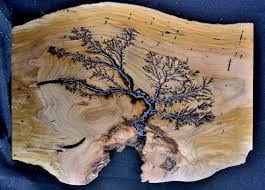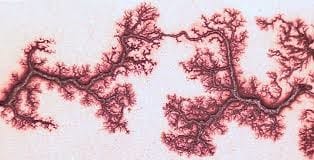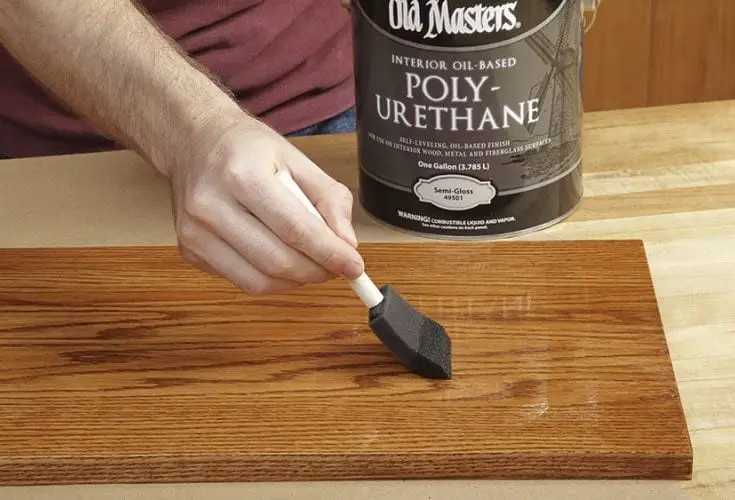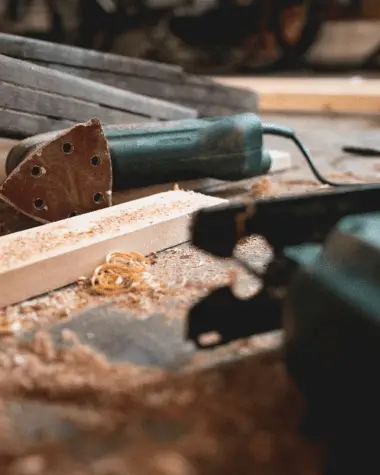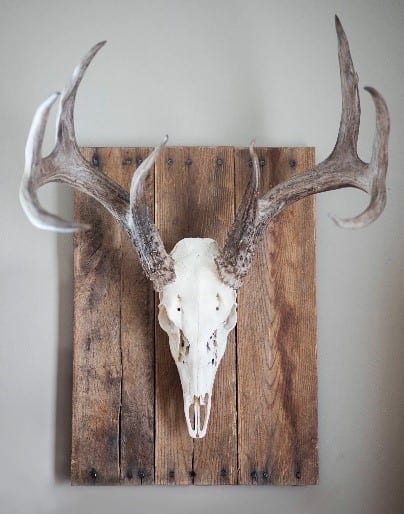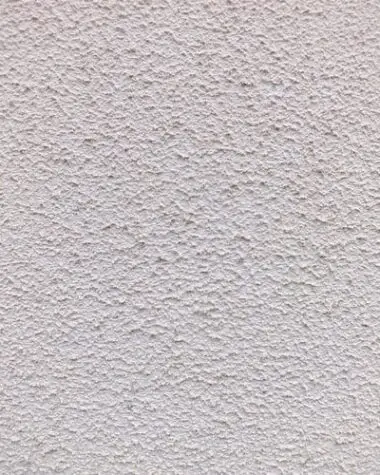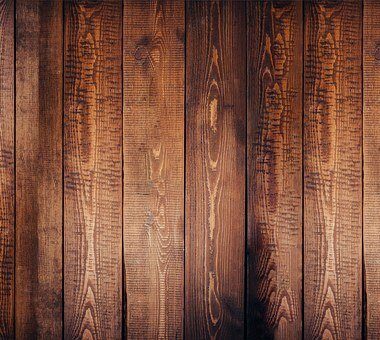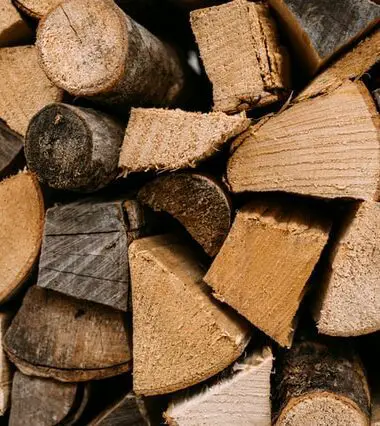You will find that wood burning is a process that can be time-consuming and uneventful as well. In this article, however, we will be teaching you how to burn wood using electricity.
This will for user change your perception of burning wood. If you want to know how it is done then read on and find out.
Materials needed
- Jumper Cables
- Bucket or Stand
- Electricity Supply
- Wood
- Baking Soda or Salt
- Fan
- Small Water Container
- Brushes
- Microwave Transformer
Instructions:
1) Safety first
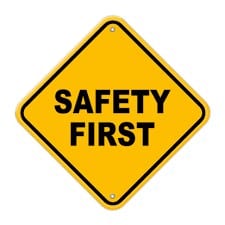
Image credit: Poms & Associates
Since you are dealing with electricity, always make sure that you know what you are doing. Untoward accidents can happen once you will be messing with something that you are not familiar with. Ask someone who knows how to deal with electricity and current if you don’t have any idea about it.
2) Looking for a power source
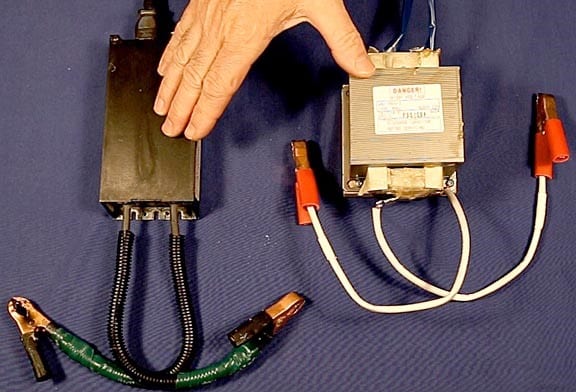
Image credit: HERE
The next thing that you need to do is to find a power source. This is important to start the process of wood burning. Any high voltage power source that you can find can work on this project. There are people that will be using an old transformer found in microwaves.
You can choose to use one transformer but it is recommended to use two as this will give you better results. Two transformers are also used when you are dealing with larger pieces.
3) Find the right wood
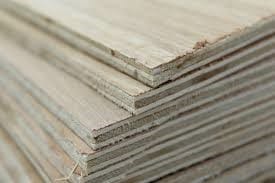
Image credit: Imgur
You can actually use any wood out there. The variation that they have with regards to thickness, species, and grain will also give you varying results and looks. Some will be opting for plywood or underlayment. This is due to the veneer bottom that it has that will be able to absorb water better.
Electricity will always find a path that has less resistance and that is along the grain. That is what you need to consider when choosing a wood.
4) Increase the conductivity of the wood
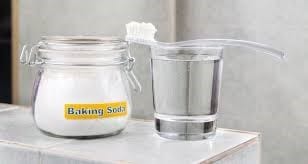
Image credit: TheHealthSite.com
You need to make sure that you are able to lower resistance. This will help electricity to flow through the wood better. You can do this by using a thin coat of water.
Water alone though is not a great conductor and that is why you need to add either baking soda or salt in it. Many experts tend to use baking sold more as it has no chlorine content, unlike salt.
You can create a mixture of one cup of water to one tablespoon of baking soda. Once you have created the mixture. Apply it on top of the wood. You need to make your piece saturated with the mixture that you have made. You will have varying results though depending on the water that you have used.
5) Hook everything up
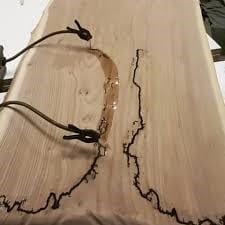
Image credit: Webstagram
It is now time to hook everything up once the solution has been placed on the wood. Attach the positive and negative leads of the transformers to each of the ends of the wood. You need to look at how the leads are connected. This will help you have a better flow of electricity through the grain.
You also need to hook up a fan of the electricity coming from your house. This will help you determine if the circuit that you have is live.
6) Plug it in
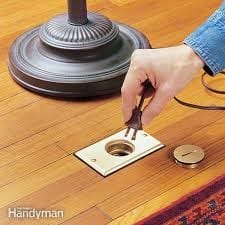
Image credit: The Family Handyman
Once you have competed for the whole setup then it is now time to fire it up. Plug the transformers and you will now see the electricity burning the wood. The electricity will create that lighting pattern. You will determine when to turn it off. Most of the time, you need to plug it off once the two patterns from each lead will meet.
7) Cleaning and finishing
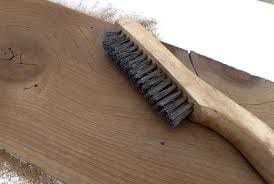
Image credit: ShapeCrete
Once you have already burned the wood then you will need to clean it up. Cleaning will make your piece look a lot better. All you have to do is to brush the charred material out where it has been burned. You can use a garden hose and a brush to do it.
You need to see to it though that you will have a constant flow of water to prevent any scoot from grounding into the wood. A thin coat of polyurethane is also needed especially if you want to seal it. This will help in making your piece shinier and it will also make it last longer.
Conclusion
Burning wood through electricity is an art in its own way. You can experiment with different wood and get varying results from it. You always have to remember though to use safety precautions as it will involve electricity.
